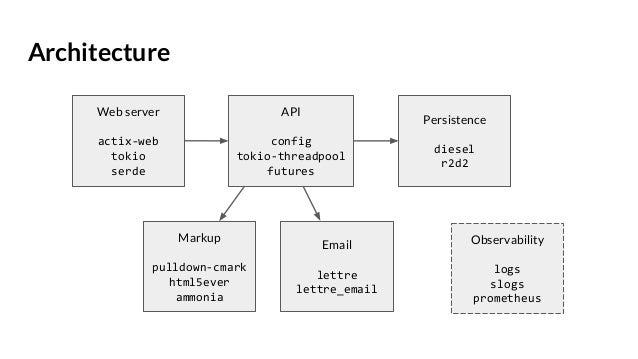
It’s also blazingly fast, more than Go and Java: it’s memory-safe, guarantees thread safety, and features a resource management system much more advanced than a standard garbage collector. It’s a solid back-end language, but it can also be used at front-end level (at least to some extent) thanks to the buit-in WASM support. Despite being a low-level programming language (like C/C++) it features high-level abstractions, like Python. If you are wondering why it is so loved, know that there are a lot of grood reasons. It was – and still is – the “most loved programming language” in the Stack Overflow Developer Survey from 2016 to 2019. Rust is a open-source multi-paradigm system programming language originally designed by Graydon Hoare at Mozilla Research (starting 2006) and backed by the Mozilla community, which was the first investor and the main sponsor of the project: Mozilla also utilizes Rust in many of its core initiatives, including Servo (their upcoming browser engine) and key parts of Firefox. However, in the unlikely case you don’t know much about Rust, I’ll do my best to briefly summarize what you’ve been missing until now.
App.js 404 actix web windows 10#
In this post we’ll see how we can use Rust to build a simple Hello World web application using one of the main open-source rust web frameworks available… And, for the joy of Windows developers, we’ll do that on a Windows 10 machine using Visual Studio Code. Have you ever heard of Rust? I definitely think so, since you ended up here. Introducing (and not installing) actix-web.Open the Rust project with Visual Studio Code.

App.js 404 actix web install#



 0 kommentar(er)
0 kommentar(er)
